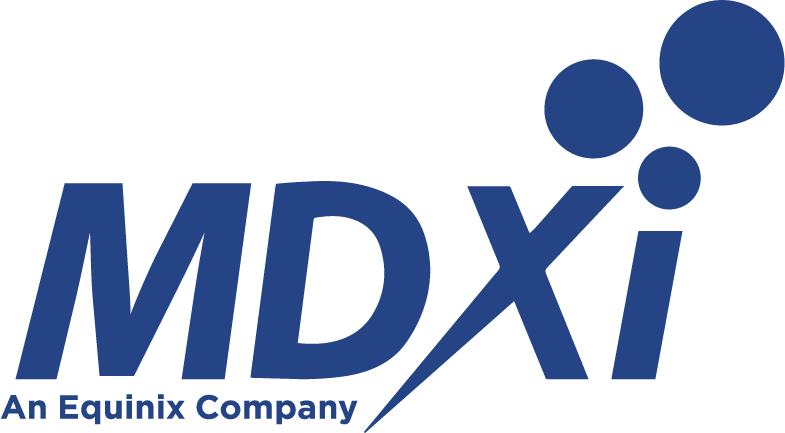In recent decades, demands for scalability, performance, security, and operations have compelled IT to make frequent modifications to the underlying infrastructure. As technology evolves to meet the expanding demands of the modern enterprise, new hardware progressively replaces the old, leaving IT to manage a hybrid mix of new and legacy data center systems.
Due to the lack of a complete integrated control system for hardware assets, a purpose-built enterprise-class data center management suite was required.
What is data center infrastructure management?
DCIM is a software system that provides the processes and tools required to manage data center settings in a structured manner. A DCIM tool might be the hub of data center management.
DCIM’s ability to handle change workflows at the physical layer in conjunction with the software applications that operate on top of them is a major value proposition.
DCIM software enables data center operators to perform more effective operations while also improving infrastructure planning and design. To maximize data center utilization, DCIM can bridge information across organizational domains such as Data Center Ops, Facilities, and IT.
The idea is to help managers prevent problems from occurring and to aid in planning for future requirements and optimum equipment placement. “All organizations with at least a moderate-size data center should consider investing in a DCIM tool, especially if they have a cost optimization initiative or are planning any significant data center changes,” Gartner advises.
Data center operators establish flexible and efficient operations by analyzing the server room’s real-time temperature and humidity, equipment status, power usage, and air conditioning workload.
Components of DCIM
- Physical architecture: This includes floor space consideration for hardware components like servers, network switches, airflow, cooling systems and PDUs.
- Materials catalog: DCIM technologies contain libraries of material lists. For example, these could include basic specifications, servers, storage and networking equipment or PDUs. These libraries are updated and maintained regularly by the vendors.
- Capacity planning: Planning for future capacity includes estimating of space, computer hardware, software, and connection infrastructure resources. DCIM software can construct models for future scenarios based on specified limitations.
- Change management: DCIM must take hardware replacement into account to avoid risks like downtime or malfunctions. DCIM must also take process changes into account and can be used to maintain an audit trail of requests and work orders.
- Software integration: DCIM software may also be able to integrate with existing management software to better track automated and integrated data center workflows.
- Data analysis: DCIM software also collects real-time data, such as hardware metrics, which helps to mitigate outages or other incidents.
Benefits of DCIM
- Increased uptime: Monitoring equipment and constructing reports on gathered data help an organization determine its data center’s health and if any equipment needs to be replaced.
- Capacity management: Features found in DCIM software help organizations model and allocate space for new hardware and equipment and manage their power chain.
- Proactive incident management: Real-time management features give facility managers insight into the state of their data centers now and into the future.
- Improved productivity: DCIM enables IT departments to monitor multiple locations remotely. This is extremely beneficial for edge data centers where automated alerts can help IT track physical and logical components and warn of component failures.
- Cost reduction: The constant flow of real-time information on every aspect of operations can pinpoint sections of the facility that is no longer required. By reducing operational costs, DCIM helps to reduce overall costs.
- Improved environmental impact: By improving efficiency, DCIM also has a positive effect on environmental issues, such as cooling efforts, reducing wasted resources, and managing energy. The integrated sensors within DCIM software help to monitor airflow, temperature, and humidity to allocate resources better.
Data center infrastructure management (DCIM) tools become a necessary part of the data center by ensuring higher asset reliability and capacity, better energy efficiency, lower environmental impact, improved security, and overall better connectivity.
MDXi operates the largest carrier-neutral data centers in West Africa and has harnessed MainOne’s network footprint to interconnect all major network providers in the region and also enable smaller ISPs and virtual network operators to connect to provide services to hosted customers
Reference
